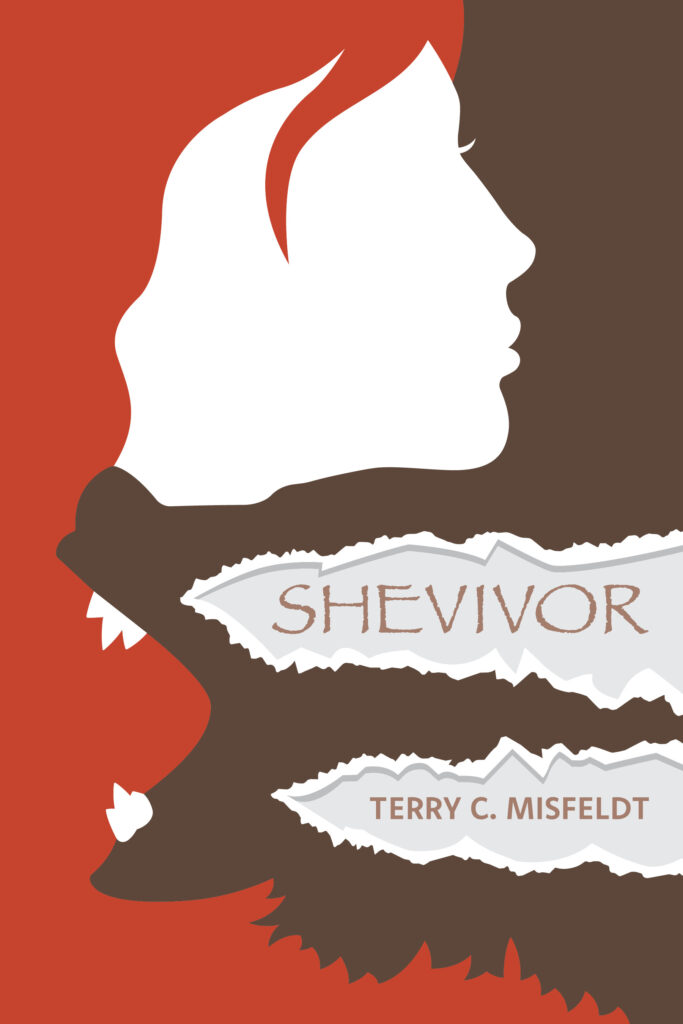By Terry C. Misfeldt
As 2022 kicks into high gear, writers often think about and consider establishing resolutions regarding their writing for the year ahead. Here are a few worth taking a look at setting for yourself.
- I commit to writing 500 words a day.
- I sustain the ability to write 1,000 words every day.
- I complete my novel by August 1st.
- I compile my memoir and publish it by September 15th.
- I develop a character arc for my novel by April 10th.
- I edit my work within 60 days of “completing” whatever I write.
- I send 10 query letters to publishers every week.
- I set aside two hours to write every other day.
You will notice in each of these suggested goals for your writing that three are no “can” or “will” or “might” words. There are, however, action verbs since action is a major element of establishing any resolution.
The second element of resolutions is will power. If you set a goal and fail to act on it, or do not follow through on the commitment you made to yourself, learn from that and apply corrective behavior. You can do it!
Be realistic. Avoid resolutions you know in your heart you lack the fortitude to stick to. Yes, goals are a good thing but they require honesty and commitment. Saying you “want to” quit smoking does not commit you to quitting. Quitting does.
Think about what you need to accomplish as a writer. Be honest and then apply yourself to you. Write that goal down and post it where you can see it. After sticking to it for seven or more days, you have it made.
When my father told me how I could quit smoking, his advice was that if I could make it one day, I could make it two days. If I could make two days, I could make it four days. If I could make it four days, I could make it a week. If I could make one week, I could make two weeks…and so on. I followed his advice and more than 46 years later am still making it!
Do it!

